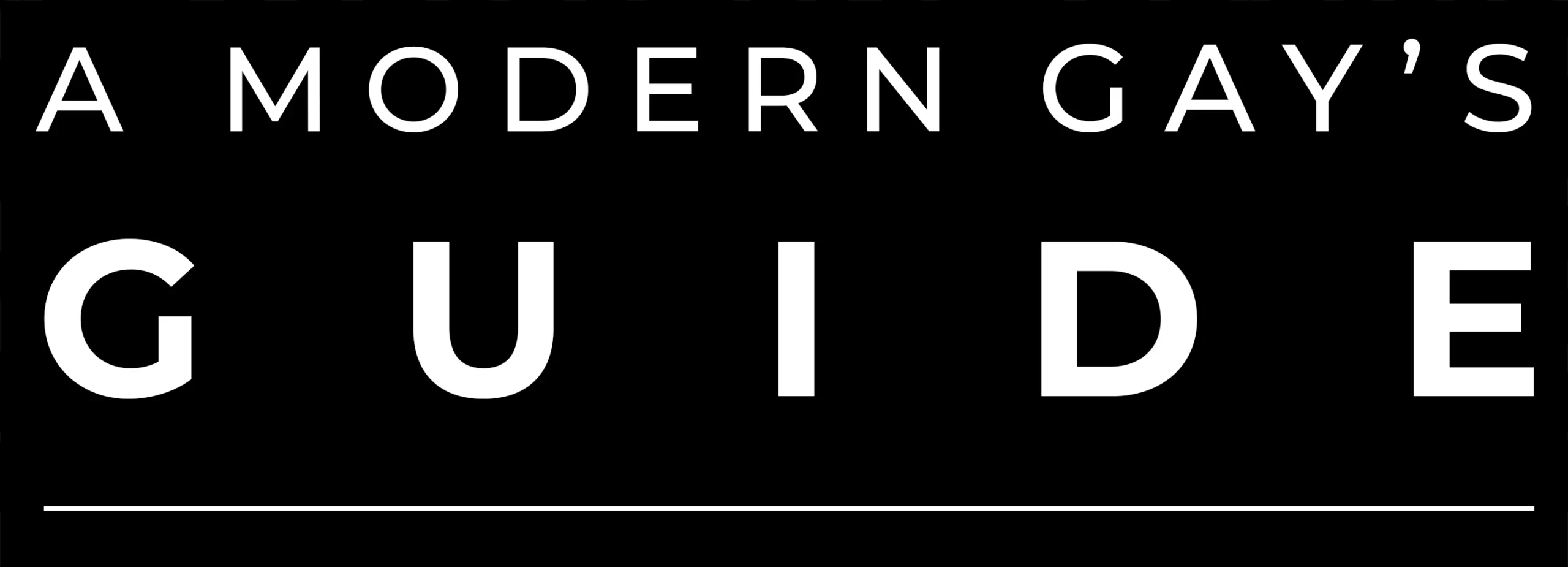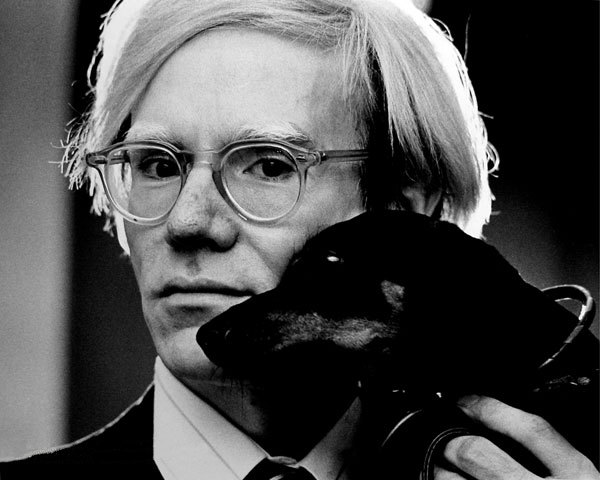Through a number of depictions in recent years (from ‘Austin Powers’, to ‘Men In Black’, to ‘American Horror Story’) it’s easy to think you know a fair deal about Andy Warhol. But if you really think about it – even for just a few minutes – how much do you actually know about the famed artist?
Personally, even having seen the aforementioned works, there are only three things I know about Andy Warhol: he pioneered the pop art movement of the ‘60s; he created the iconic Campbell’s Soup Cans (1962) art display; and he was shot (and almost killed) by Lena Dunham.
Ok, that last one needs to be fact checked, but the first two are watertight. I promise.
Andy Warhol – famous visual artist, musician, author, director and producer – was born in 1928 in the United States to a family who migrated from the Austria-Hungary Empire. However, it wasn’t until the early 1950s that Warhol would move to New York City and begin to make a name for himself as an artist.
In New York, Warhol flourished, constantly surrounding himself with those he deemed intellectual, wealthy, and/or creative, like drag queens and playwrights, and other celebs. And he did so in his studio, ‘The Factory’. You can imagine Warhol’s Factory was like Melbourne’s ‘Wet on Wellington’ – open seven days a week to people from all walks of life, and home to an impromptu orgy (or two).
Frequent visitors to Warhol’s Factory would come to be known as Warhol Superstars, and are rumoured to have included the likes of David Bowie, Keith Haring, Mick Jagger, Grace Jones, Liza Minnelli, and even Salvador Dali.
But Warhol was much more than a socialite. He lived and worked as an openly gay man before the time of gay liberation in the United States. In fact, some of his earliest works were homoerotic photographs and drawings of other naked gay men, which were rejected by fine art galleries for being – you guessed it – too gay.
Warhol’s art was heavily influenced by underground gay culture, and many of his works explore the complexity of sexuality from the lens of a gay man who lived through the 60s – 80s, at a time when homosexuality was largely suppressed (and even criminalised).
Sadly, in 1987 at age 58, Warhol passed away. But not before producing one of his most controversial works of art, ‘The Big C’ (1986). Ah, yes, the ol’ tradition of making a big scene before your final exit. I know it well.
It is speculated that Warhol’s ‘The Big C’ (1986), an artwork depicting several images of Jesus alongside several other images of motorbikes (among other things), was an (in)direct reference to HIV/AIDS, or – as it was commonly called in the 80s – ‘The Gay Cancer’. However, he never confirmed or denied these interpretations.
Although he himself wasn’t personally affected by HIV/AIDS – that is, he didn’t live with the virus –Warhol’s fear of contracting it was almost debilitating, with his fear of the virus only augmented by the mainstream media at the time who would share disgustingly homophobic disinformation about it.
Even in death, Warhol continues to contribute to the landscape of modern art of today. You can see this by visiting warhol.org, where his gravesite is viewable 24/7 in an art installation known as ‘Figment’.
Many of Warhol’s works are now owned by his estate, and are on display at The Warhol (located just a few miles away from where he grew up in Pittsburgh, Pennsylvania). Although, if any Australian galleries were to curate a Warhol exhibit, I would be first in line for tickets!




